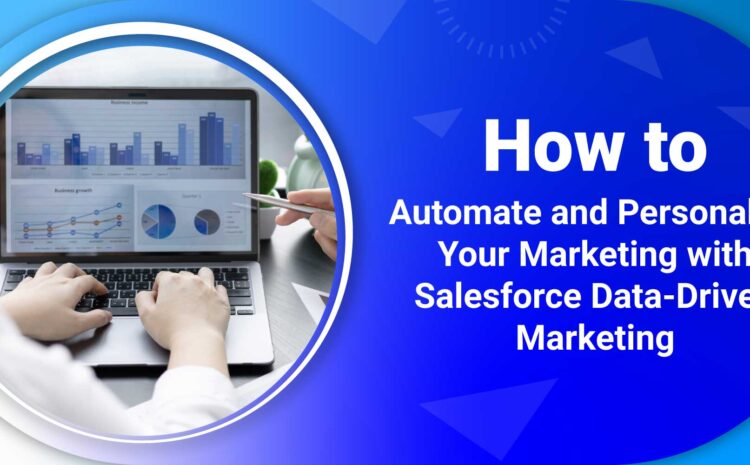Lightning Experience is the next generation of Salesforce, and it’s a quantum leap forward in functionality, usability, and speed for every user, including admins, developers, and executives.
Salesforce Lightning experience is a modern, fast, and intelligent user interface built with proven Salesforce1 Mobile App technology. All new Salesforce innovations are in Lightning Experience only. It combines Lightning Designing System (LDS), Lightning App Builder, and Lightning Components to create modern enterprise applications. Salesforce Lightning experience is a new generation productive user interface designed for the Sales team and Support teams in Salesforce.com. Salesforce1 has been introduced for mobile application, and a two-user interface for desktop version with Salesforce classic and lightning has been introduced by Salesforce.com.
Click here to know about other services and our capabilities
Lightning Experience (or LEX for short) brings with it an entirely new client-side architecture that departs from the server-side rendering its predecessor (Salesforce Classic and Visualforce) provided. For backward compatibility, Visualforce User Interfaces (UIs) can still be used within LEX; although using Visualforce in LEX won’t offer the level of extensibility, or the visual appeal, as custom UIs built using the Lightning framework do.
For the first time, Salesforce developers can use the same technology and theme Salesforce has used to build their LEX based applications, known as the Lightning Framework. Salesforce has also chosen to open source their styling framework used by Lightning, which is known as the Lightning Design System (LDS).
Salesforce Lightning Experience Features:
The sales team can close more deals, and sell quicker and smarter, and the support team can close a case faster using various tools and Salesforce Lightning Components. In recent times, mobile usage has increased drastically, and has influenced Salesforce users to work on their mobiles. Sales representatives are now using mobile to research potential customers, get the details of nearby customer offices, socially connect with their customers, and even more. So Salesforce synced the desktop Salesforce Lightning Experience with mobile Salesforce1.
What do we call Salesforce Lightning Experience?
Salesforce Lightning Experience is simply referred to as “Lightning.” When working with Lightning, we’ll learn about different things like Lightning Login, Lightning App Builder, Lightning for Outlook, Salesforce Lightning Components, Lightning Sync, and many more. Some of them are applicable in Lightning Experience only, but some others will work in both Lightning Experience and older, Classic user interfaces. Lightning Sync is used to sync your user contacts and events between your email server with Salesforce.
What was before Lightning Salesforce?
Before Salesforce Lightning Experience we had Salesforce Classic User interface. Salesforce Classic is still used by many customers. Then Salesforce Lightning experience came into existence. To experience modern features in Salesforce.com, it is advised to migrate from Salesforce Classic to Lightning.
Why should we migrate from Salesforce Classic to Lightning?
Lightning Experience is a modern and intelligent user experience across every device introduced in the summer ‘16 release. Salesforce urges users and customers to migrate from Classic to Lightning because the Lightning UI is totally different from the classic. It has many features, and some of your existing customizations may not work—like the JavaScript button built by your Salesforce partner or your IT team.
The Lightning Experience empowers you to work more efficiently.
Easily measure your business performance.
Businesses often fail to realize their potential for a number of reasons, and being overwhelmed by tasks coming from too many different angles is a common problem. With the Lightning Experience performance chart, you can keep tabs on current tasks and upcoming events while monitoring your quarterly performance and setting organizational goals from the convenience of your Salesforce account.
Generate and follow up with leads without the hassle.
Speed up the lead conversion process by keeping information about your leads secure and organized in a single place. Although you can also create leads in Salesforce Classic, the Lightning Experience includes more components for better sales processes. For example, the activity timeline feature lets you know exactly what’s been accomplished for a specific lead and displays the details of each task, meeting, or call. The path component allows you to track various stages of the business process, and the news component provides timely updates about the leads you’re working with.
Simplify file management.
When you switch to Lightning Experience, you won’t see all the kinds of files you used to in Salesforce Classic. To make it easier for you to manage and collaborate on files in Lightning Experience, all documents and attachments have been unified into a single system. Now you can view your existing files, including files shared with you; add new files; and share files with other users without the hassle of switching between tabs.
Manage account activity.
In your Salesforce Account is a core feature that contains information about your customers. If you want to build long-term relationships, it’s important to keep accounts organized. In the Lightning Experience, you get full control over your accounts. You can easily add new accounts and view existing ones; monitor account activity, contacts, and cases; and see any notes or attachments. For coordinating teamwork, you can share posts, polls, or questions with your team members in “Chatter.”
Conveniently track the status of each campaign member.
Just like in Salesforce Classic, Lightning Experience provides you with an opportunity to create, manage, and track marketing campaigns. However, in the Lightning Experience, the member-view page has a better UI that includes new analytic features. For user convenience, data visualization is in the form of a donut chart, which makes it easy to update the status of campaign members.
Create and view reports.
Unlike the Classic interface, Lightning Experience provides you with enhanced report charts that let you deeply analyze your business performance. You can create private or public reports, share reports with your team members, create folders for team members, and manage all reported activity. In the reports, you can also manage all contracts and orders, administrative records, files and current reports, accounts and contacts, and any opportunities.
In addition to the above features, users with Lightning Experience can also use “Chatter” to ask team members questions, post updates, create streams, create groups, and add integration and security users. Users can also take advantage of the dashboard, where they can create private or public dashboards as well as share folders with other team members.




